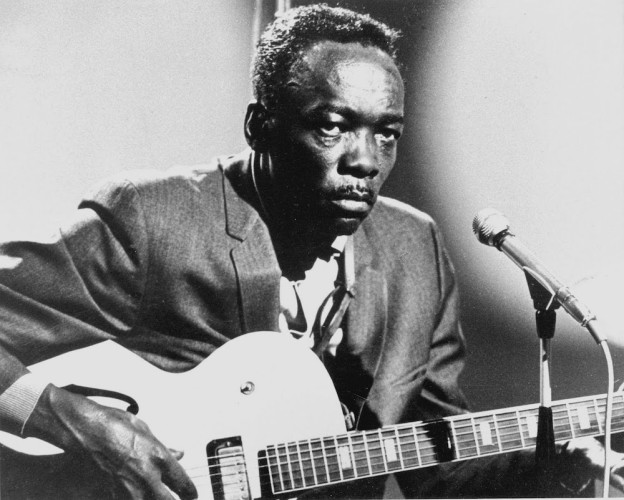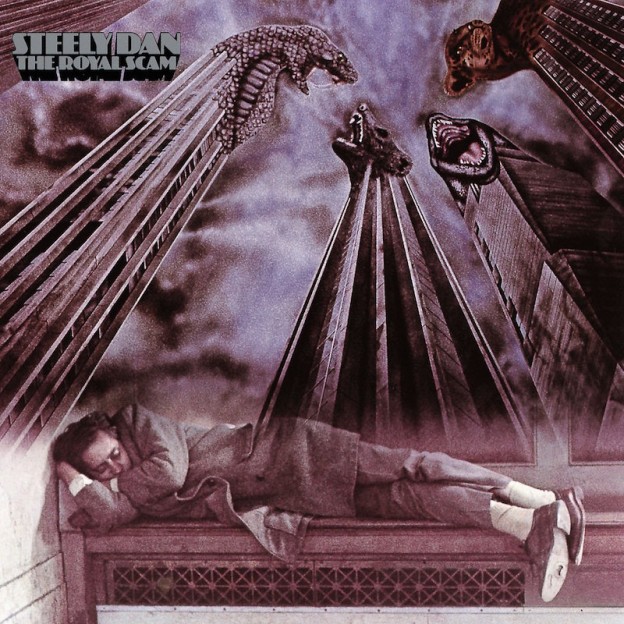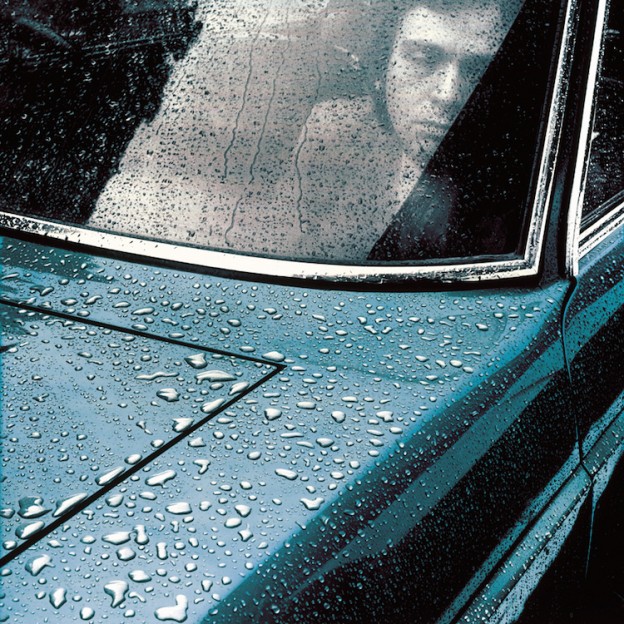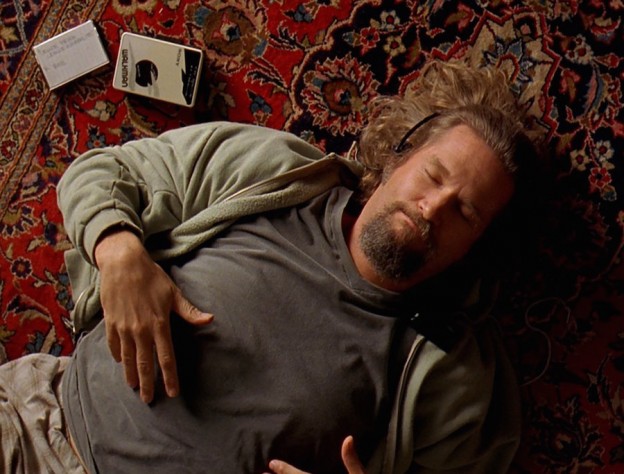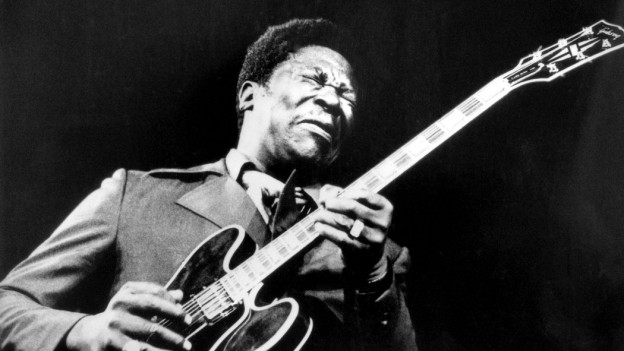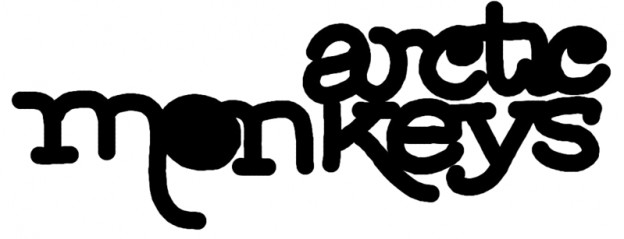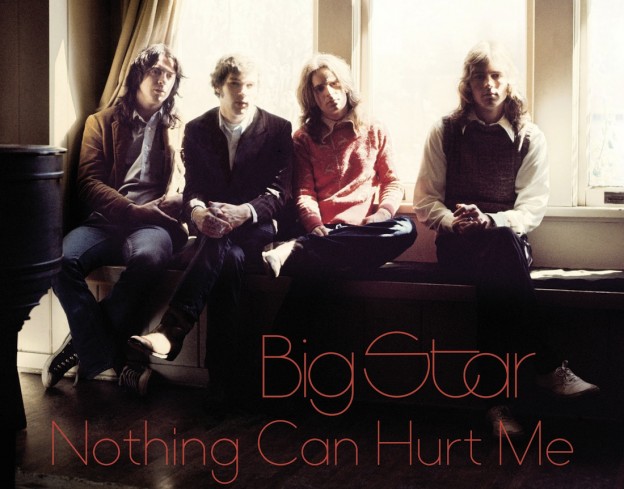Once in a while I like to compare the same really good song done by two really good artists. In rare cases, you can get several versions that all work in different ways. Four is pretty unprecedented but In this case it’s warranted. Because the song in question is the reflective, melancholy Jackson Browne classic, “These Days.” Logically, most of us tend to think of the great singer-songwriter’s own version as THE version. It was released on his second album, 1973’s For Everyman, with a beautifully clean and relatively spare arrangement, highlighting Browne’s distinctively straightforward and non-self pitying vocals as they play against the very sad lyrics and the evocative guitar solos.
But Browne’s years as a teenage songwriting prodigy meant that this was not, in fact, the recorded debut of “These Days.” That honor would go to the enigmatic German artist, Nico, most famous for strangely yet appropriately taking lead vocals on 3 tracks for the Velvet Underground’s debut album (at Andy Warhol’s insistence). When Nico went solo for her 1967 album, Chelsea Girl, there was “These Days” with then-lover Jackson Browne on acoustic guitar, no less, and six years before he would get around to recording it for himself. If you’re a fan of Wes Anderson’s The Royal Tannenbaums, you’ll know this version, where Nico’s trademark Teutonic non-emotive, not-really-singing seems to fit the bittersweet, offbeat comedy of that great movie.
More cover versions would not be confined to the past, though. Like few other songs in Rock, “These Days” was certified catnip for different artists’ interpretations. No sooner had Browne recorded his own version of the song, putting Nico’s in the rearview, than Gregg Allman almost simultaneously released a version for his 1973 solo debut album, Laid Back. In truth, Allman had helped Browne with his For Everyman arrangement so it seems only fair that the Southern Rock god would get to interpret it his way. Allman’s take was so good, with his trademark weeping guitar and the stoically resigned double-tracked vocals, that Anthony DeCurtis of Rolling Stone called it “the definitive version” of the song, better even than the songwriter’s own. High praise indeed, even if Mr. Browne and his die-hard fans might disagree.
However, DeCurtis’s declaration predates another very fine version of “These Days” that I’m especially fond of. Paul Westerberg of Replacements fame covered it for his excellent 2003 solo album, Come Feel Me Tremble, speeding it up a bit from the song’s traditional dirge-like pace, adding a loping, almost dobro like guitar in place of the standard 1970s country-rock flatpicking and playing against a nicely chugging rhythm section for momentum.
I think the interesting thing about Westerberg’s version compared to the other three, aside from his trademark ugly-beautiful, slightly wobbly and cigarette-damaged vocals, is that Paul was much older than the other three when he came to record this classic song of regret and resignation. Amazingly, Browne claims to have written “These Days” at the age of 16 (!), so his intense evocation of adult setbacks and heartbreak is precocious in the extreme. By the time he got around to recording it, Browne was still only 25. Allman was likewise a young man of 26 and even the eternally gloomy Nico was only 29 or so. Obviously Rock years are not like regular human years and you could say that even in their mid or late 20s this was a trio of old souls. In fact, Allman had lost his brother Duane and another bandmate, Berry Oakley, the year prior to tackling “These Days,” Browne was already a Rock veteran by 1973 and god knows what Nico had been through in her young life between her time in New York with Warhol, Lou Reed and the Velvets. But when then 44-year-old Westerberg begs “Please don’t confront me with my failures/I have not forgotten them,” you can tell that by this point in his life and career he’s had his fair share.
Any way you slice it, “These Days” is an amazing song open to different interpretations that still retain the essential forlorn quality of the lyrics. And no matter which version you prefer, you’ve got to hand it to the author for writing one of the great rock ballads. In fact, it’s hard to believe it sometimes gets overlooked in the vast Jackson Browne canon. I suppose you could chalk this post up to making sure this gem stays on your radar in one form or another.






